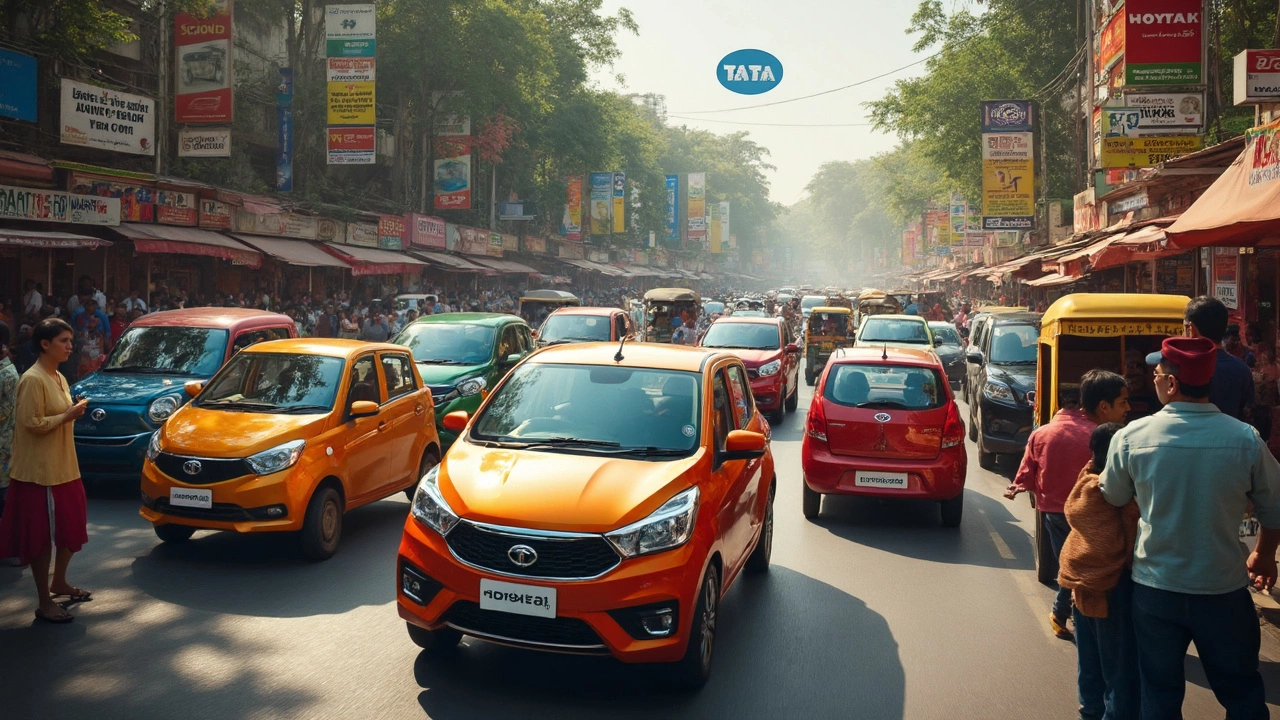Indian Cars: What’s Hot, Who Makes Them, and How to Choose Yours
India’s car market is buzzing. Every year new models roll out, old ones get refreshed, and a mix of global giants and home‑grown brands compete for your attention. If you’re wondering which cars are popular, why prices are shifting, or how to pick the right ride, you’ve landed in the right spot.
Who’s Driving the Indian Car Market?
Two groups dominate: multinational OEMs like Maruti Suzuki, Hyundai, and Tata Motors, and a growing set of Indian players such as Mahindra, Ashok Leyland, and the newcomer Kia (yes, they’re technically Korean but have a huge Indian footprint). Maruti Suzuki still leads in volume, thanks to its wide‑range of affordable hatchbacks. Hyundai follows with stylish sedans and SUVs that appeal to families. Tata, after its revival, pushes bold designs and electric concepts.
Why does this matter? Knowing the main manufacturers helps you compare warranty policies, service networks, and resale value. For example, Maruti’s service centres are everywhere, making daily maintenance a breeze, while Tata’s newer electric lineup promises lower running costs but still works on building a charging network.
Current Trends Shaping Indian Cars
1. Shift to SUVs and crossovers. The average Indian buyer now prefers a higher ride height and a roomy cabin. That’s why models like the Hyundai Creta, Kia Seltos, and Tata Harrier dominate the charts.
2. Electrification. The government’s push for EVs and subsidies on electric two‑wheelers have spilled over to four‑wheelers. Tata’s Nexon EV and MG’s ZS EV are selling fast, showing that range anxiety is easing.
3. Value‑for‑money packages. Buyers demand features – touchscreen, Bluetooth, safety tech – without a huge price tag. That’s why brands bundle AR‑HUD, rear‑camera, and ABS even in entry‑level trims.
4. Localisation. Companies are increasing Indian parts content to cut costs and meet Make‑in‑India goals. This often translates to lower prices for you.
Understanding these trends helps you spot the right time to buy. For instance, when a model gets a facelift, price drops on the older version, giving you a bargain with most of the same features.
Practical Tips for Picking the Right Indian Car
Set a realistic budget. Include fuel, insurance, and maintenance, not just the sticker price. A car that looks cheap today might cost more in the long run if parts are pricey.
Check the after‑sales network. A brand with service centres within 20 km of your home saves you trips and money.
Test drive multiple models. Even if you love a car’s looks, the driving feel can be surprising. Pay attention to seat comfort, visibility, and braking response.
Look at resale value. Cars like Maruti Swift and Hyundai i20 hold value well, which matters if you plan to upgrade later.
Consider future fuel costs. If you drive a lot, an efficient diesel or a low‑range EV could lower your monthly spend.
India’s car scene is vibrant and constantly evolving. By keeping an eye on who’s making the vehicles, what trends are rising, and following a few simple buying steps, you’ll end up with a car that fits your lifestyle and your wallet.
Ready to hit the showroom? Take this guide with you, ask the dealer the right questions, and drive away confident that you made an informed choice.

Does Tata Sell Cars in the USA? The Real Story Behind Tata Motors in America
Curious if Tata Motors sells its cars in the USA? This article explores what Tata is, why their cars aren't parked in American driveways, and what makes their vehicles stand out in India and other parts of the world. Find out if that's likely to change, and what Tata's presence means for the global automotive scene. We’ll break down everything with simple, straightforward facts mixed with real-world insight.
Read More